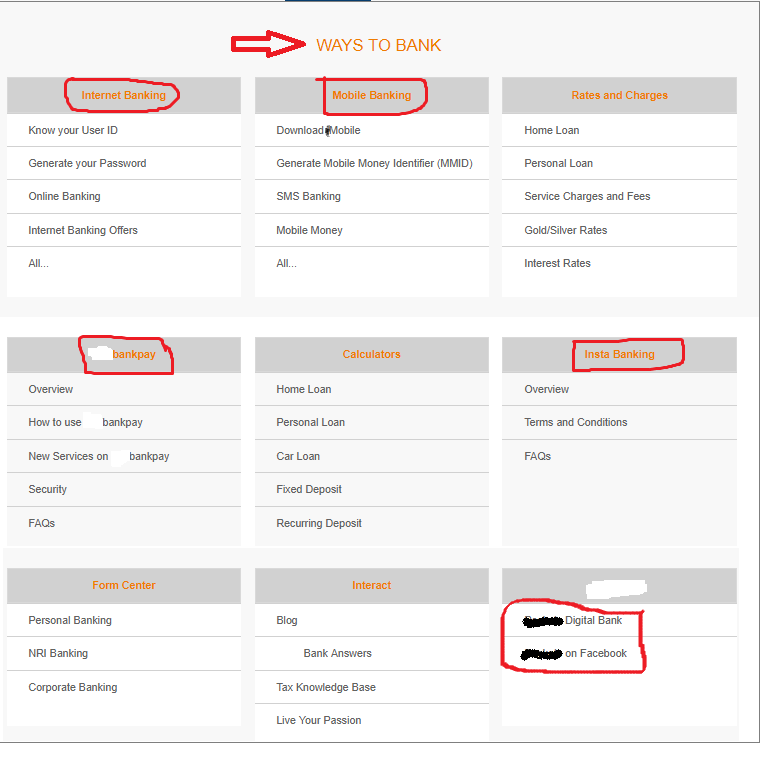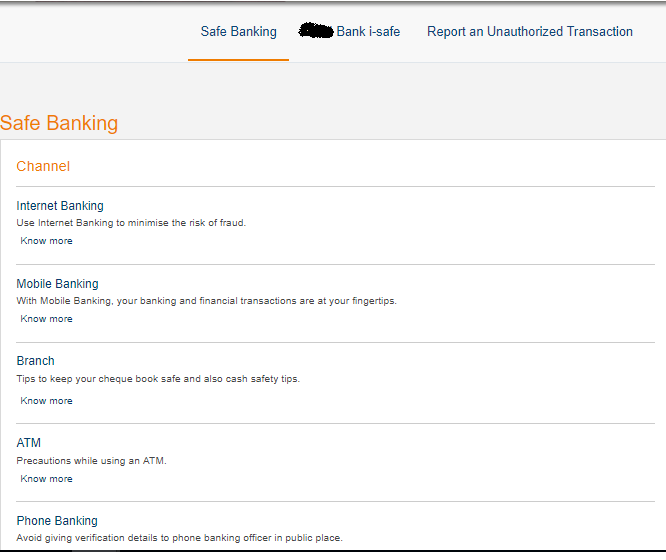Digital overdrive is driving the ubiquitous plastic money out of users’ wallets. The change is not only rampant in developed economies but also in fast growing digital economies such as India and China.
Just like every common individual, I too used to carry cards for payments and routine financial transactions. Until recently.
Thanks to increasing digital convenience, it’s been a few months since I stopped carrying my cards along.
Well what have I replaced with? Samsung Pay! Samsung Pay is Samsung’s solution to make digital payments way more seamless than any other competing offering from the likes of Google, Apple etc. What makes Samsung Pay special is that it typically works in any point of sale that has a normal credit card swiping machine, making it virtually compatible across all stores.
The Technology
Traditional tap to pay options rely on NFC and since not all card swiping machines are equipped with NFC, the user at times has to resort to swiping the card. In case of Samsung Pay, Samsung equips its flagship devices with what it calls magnetic secure transmission (MST) technology along with NFC.
Magnetic Secure Transmission or MST, is a method of sending data using magnetic waves. MST mimics a card swipe by wirelessly transmitting magnetic waves from the smartphone to a standard card reader. With MST embedded in the device, every card reader acts as a contactless payment receiver. Several mobile sellers and stores doubtful of flawless functioning of the technology end up surprised as they see my payments go through successfully. Many of them have inevitably advised me otherwise.
Here is how it works–
With a vast majority of PoS having magnetic strip enabled card machines, Samsung Pay with its patented technology is by far the best mobile payments alternative available in the market today. Samsung Pay allows users to add up to ten cards. Also Samsung Pay doesn’t need data to be able to operate.
Making a payment is a 3 step process
Security
With all the cards electronically stored on the mobile device, security of the application is of paramount importance. Samsung Pay does not store the account or credit card numbers of cards on the device, and instead makes use of tokenization for transactions. Each time a purchase is made, the smartphone sends two pieces of data to the payment terminal. The first is a 16-digit token that represents the credit or debit card number, while the second piece is a one-time code or cryptogram generated by the phone’s encryption key.
Final thoughts
Samsung Pay is a ground breaking innovation in mobile payments. One of the key challenges in the digital payment space led by platform leaders like Apple and Google is that the merchants need to upgrade their technologies to be able to accept payments, and that is a pretty comprehensive exercise. It will take years before it is adopted by smaller stores, hence limiting its relevance to the end customer. Samsung Pay on the other hand is not bogged down by such limitations.


